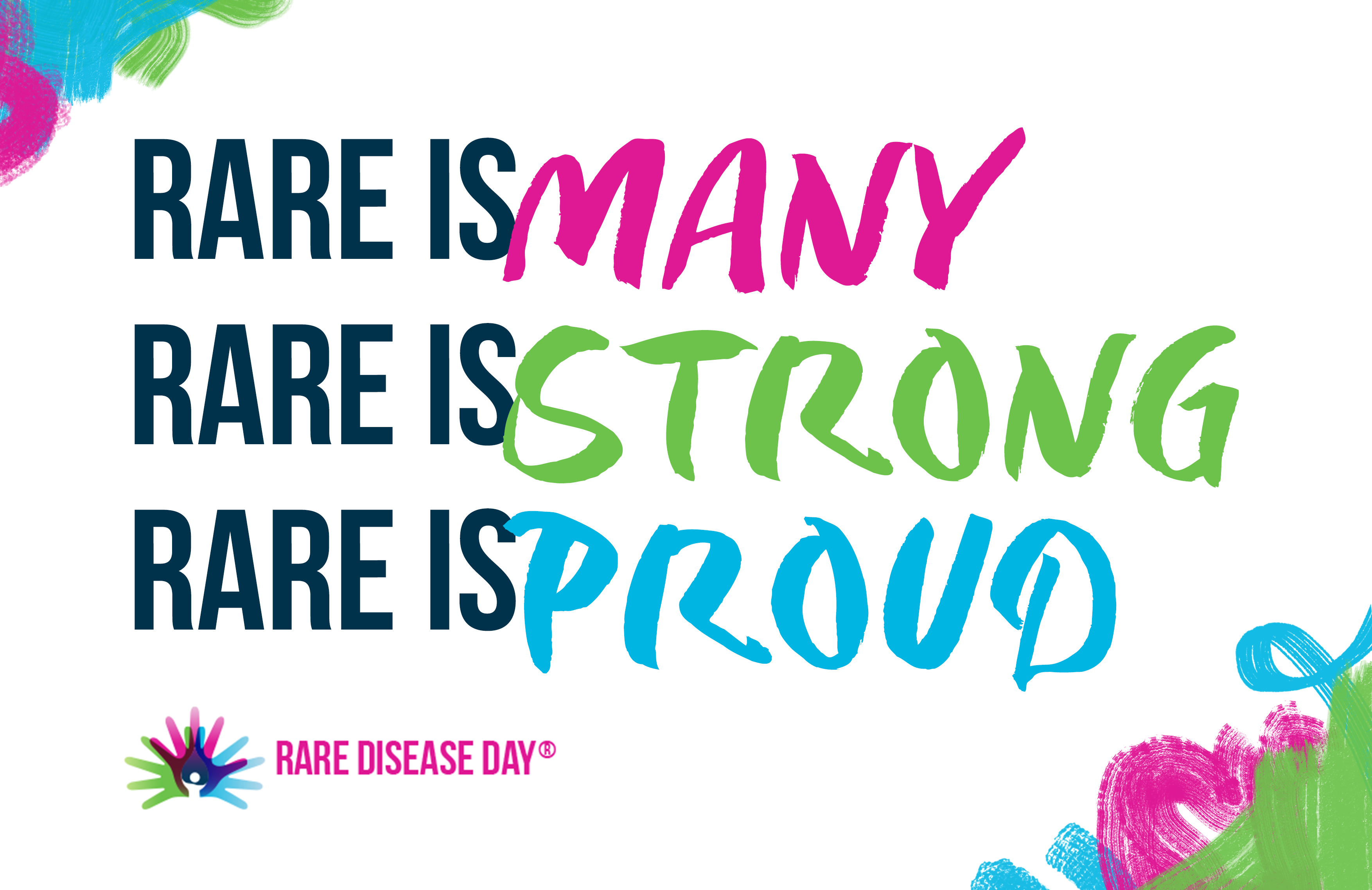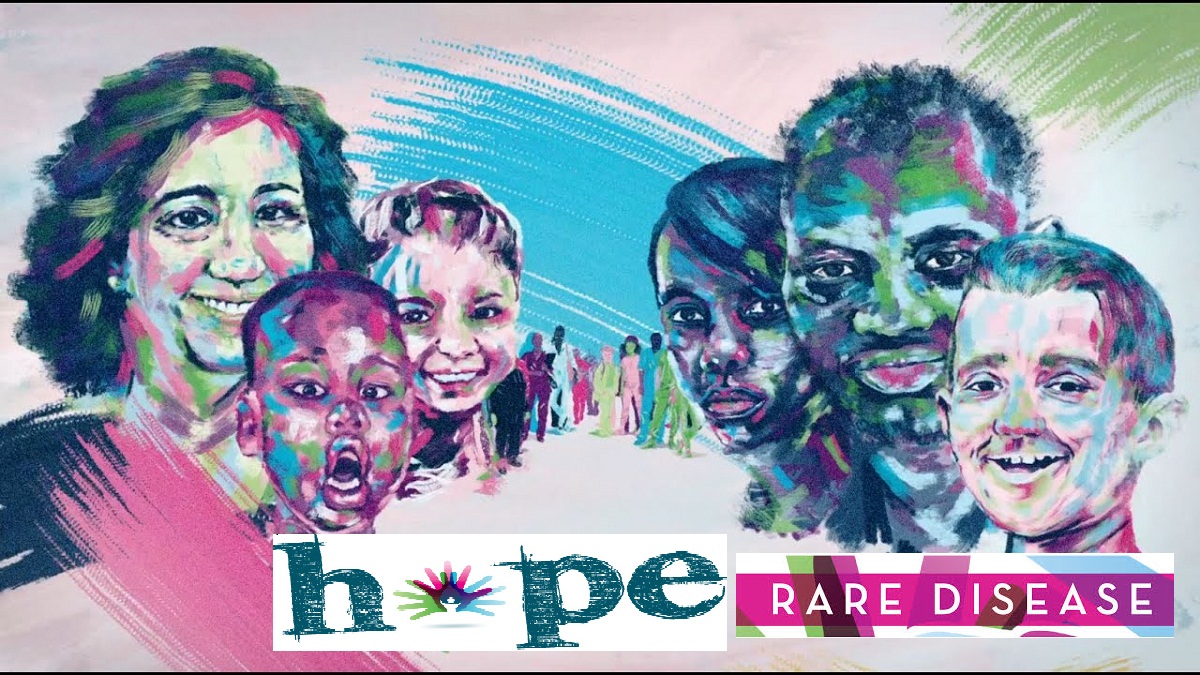By: Shalini Bhardwaj.
Have you ever thought that a relaxing bath can cause burning pain all over the body or a burst of deep laughter could literally be fatal? No, this is not a bizarre jest, but an unpleasant reality for few people, a kind of rare disease. The world is a queer place and many medical conditions can throw people for a loop.
Rare diseases also referred to as orphan diseases, are mostly genetic diseases and appear early in life. These diseases affect a small percentage of the population all over the world and remain present throughout the person’s entire life. Unfortunately, there is still no definite cure for most of these diseases. Many of us are not aware that the last day of February each year is marked as Rare Disease Day to raise awareness among the public, policymakers, researchers, and health professionals about these diseases and empathise them with people who are affected by these diseases.

Here are eight strange diseases you never knew existed-
Alice in the wonderland syndrome-Alice in Wonderland syndrome also known as Todd’s syndrome is a rare condition that temporarily changes how the brain perceives things.
The syndrome associated with migraine headaches is named after Lewis Carroll’s book, Alice’s Adventures in Wonderland, in which the protagonist, Alice, experiences the same kind of situations to those that occur to the sufferers of this syndrome. This rare neurological disorder is characterized by distortions of visual perception, body image, and the experience of time. As sufferers may see things smaller than they are, feel their body size altered. The individual also loses a sense of time and some experience strong hallucinations (visualising things that are not there). The condition, also known as micropsia or Lilliput sight, can also affect the sense of hearing and touch. Most common perceptions occur at night. The syndrome can affect people at any age, but it mainly occurs in children and adolescents. The episodes of AIWS are temporary and generally considered harmless in nature.
Water allergy-
Aquagenic urticaria or water allergy is an extremely rare condition in which hives (a type of itchy rash) develop rapidly, soon after water touches the skin. The individual affected by this disease may also have burning sensations, welts, and inflammation. The allergy mostly affects women and any contact with water, sometimes one’s own sweat or tears leaves intensely itchy, painful, and swollen rashes on the skin. The conditions trigger only by skin contact with water, not by drinking water so those who suffer from this disease do not have a risk of dehydration. Scientists have found that it happens due to hypersensitivity to the ions found in non-distilled water and often a consequence of a hormonal imbalance in the person. Allergy can occur anywhere on the body and changing water temperature has no impact on the allergic reaction. Once the water source is removed and the skin is dry, the rash generally fades within 30 to 60 minutes.
Foreign accent syndrome-
Foreign accent syndrome (FAS) is a speech disorder that causes a sudden change in speech pattern. Affected persons inexplicably start talking in an unrecognizable dialect that is different from their native accent. Sometimes their dialect closely resembles toa foreign accent which they had never acquired or been exposed to. They may have never been to the country of origin of the new accent. Scientists have found that the sufferers of this syndrome shared the same brain abnormalities that are mostly caused by an injury to the central nervous system. The changes in speech like pitch, voice intonation, substituting words, putting sentences together in the wrong way, and lengthening of vowel sounds tend to remain consistent in sufferers for over months and sometimes may last years.
Laughing death-
Laughing death, more commonly known as Kuru, was found among people of Papua New Guinea was characterized by sudden bursts of pathologic or maniacal laughter. The disease hit the headlines in the 1950s and physicians observed men and women with shaking limbs, begin to sway and stumble, become cross-eyed and lose the power of coherent speech. Individuals also suffered from joint pains, headaches, became unable to stand or eat before eventually dying.
The American physician Carleton Gajdusek later discovered that the infection was being passed on to sufferers through cannibalism (a practice of eating the brains of dead people) as a part of the funeral ritual. The people of Papua New Guinea followed this practice as they believed that this would free the spirit of the dead. The physician, Gajdusek was awarded the Nobel Prize for the discovery of this disease. Cannibalism was eliminated in early 1960, but the disease lingered for several decades due to its long incubation period.
Hutchinson-Gilford Progeria-
Hutchinson-Gilford Progeria, which is simply known as progeria is an extremely rare genetic disorder that causes quick and dramatic aging appearance in childhood. This starts in the first two years of life. A mutation in the Lamin A gene is responsible for Progeria.
Children who are affected by this disease grow more slowly than normal children and develop aged-looking facial appearances like the beaked tip of the thin nose, protruding ears, prominent eyes, and thin lips. These children also develop physical traits like a bigger head, wrinkled skin, loss of muscles, and high-pitched voice. The complications associated with this disease like hardening of the arteries, joint abnormalities can worsen over time and are life-threatening for the sufferers.
Moebius syndrome-
Moebius is an extremely rare, congenital neurological disorder that primarily affects the nerves that control facial expressions and eye movement. Affected individuals cannot smile, close their eyes, or raise their eyebrows. The weakness of multiple cranial nerves also affects the muscles that are responsible for chewing, speech, and swallowing. Along with facial paralysis, some limb abnormalities may also be present like clubbed feet and missing fingers. Other conditions include bone abnormalities in the hands and feet, hearing loss, and weak muscles. According to the Moebius Syndrome Foundation, most cases are isolated, with no notable family history, and sufferers go on to lead long and healthy lives.
Stoneman syndrome-
Stoneman syndrome also known as Fibro dysplasia ossificans progressivaor Munch Meyer’s disease is a ultrarare connective tissue disorder in which bones develop in areas of body where they are not normally present. This happens because soft tissues such as muscle, tendons and ligaments, fuse as new bones. Bones keep growing with timeand eventually form a secondary skeleton in patient’s body. Major Joints of the body are locked,and the movement of affected person becomes difficult. Sufferershave malformed big toes or thumbs present at birth. Due to painful multiple lumps and stiffness patients may face early disability.
Morgellons syndrome-
This is a rare disorder in which the patient complaints of parasites or fibre moving or coming out of their skin. They feel that fibres are embedded underneath their skin and erupting from sores. It is a delusional disorder where patients mistakenly believe that they are infested with skin parasite. People with this disease complain of skin itching, burning, biting or crawling sensations under feeling like there is something crawling under their skin. The condition is often accompanied by exhaustion, Disturbed sleep and tiredness. It may also cause short-term memory loss, joint pain, and changes in vision.
Conclusion
“Eight mysterious diseases you never knew existed “.”Scientists are learning more each year and research has made progress to find the cause and understand these mysterious diseases. Hopefully, one day experts will find a way of treating these rare diseases and inoculate us. Hopefully, in the future, these strange, puzzling diseases will fade into history. An optimistic saying goes “A disease may be rare but hope should not be.”


